Article: Hair Porosity
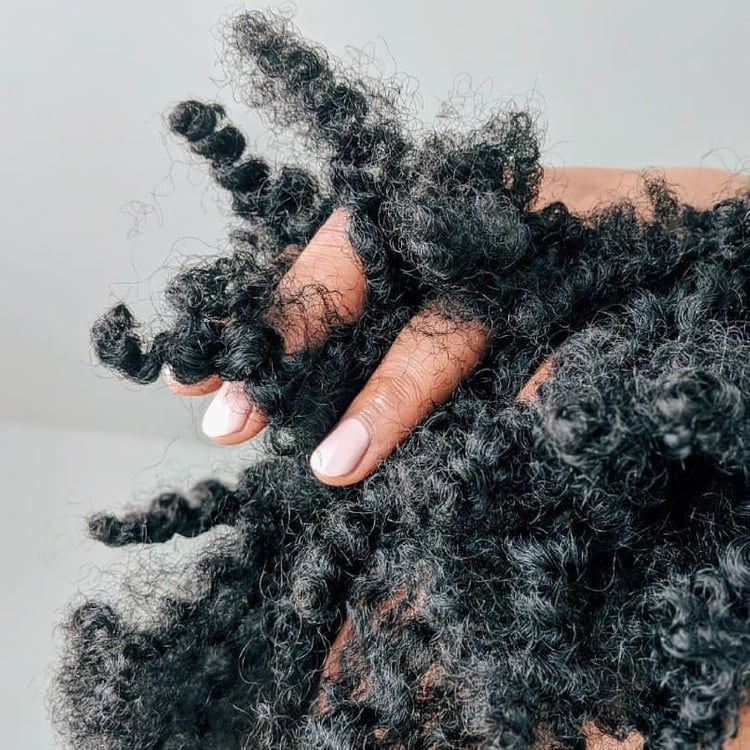
Hair Porosity
What is Hair Porosity?
Porosity is your hair's ability to absorb and retain moisture and chemicals. Think of porosity like the clinching of your fist. The tighter you clinch your fist, the lower the porosity; the looser, the higher the porosity. Knowing your hair's porosity can help you choose the right ingredients and styling techniques to keep your hair well-moisturized, strong and shiny.
Low Porosity
Low porous hair has a tightly bound cuticle layer. This hair repels moisture when you try to wet it and is hard to process since it resists penetration of chemicals. Low porous hair usually takes a long time to dry and products tend to build up rather than absorb. This type of hair usually looks very healthy, and is often very shiny, especially when it's dark in color.
How to Care
- Stay away from protein-rich deep conditioning products, which can leave build-up and leave low porous hair feeling stiff and straw-like.
- Use heat. Heat helps open up the tightly bound cuticle. Try a hooded drier, steamer or even a warm towel or shower cap, to help deep conditioners better absorb and bind with the hair better.
- Stick with liquid based products. Oils rich in emollients, such as jojoba oil, coconut oil, or castor oil can easily be absorbed within the hair cuticle. Choose lighter styling products, such as hair milks or water-based sprays, that won't sit on your hair.
- Prevent product build-up by using a sulfate-free shampoo and rinses such as apple cider vinegar to clean hair. Also, always distribute products evenly throughout your hair making sure not to put too much on.
- Choose humectant products. Low porous hair benefits from humectant products because it attracts and hold moisture to your hair. Use daily conditioners with humectants such as glycerin or honey.
Medium Porosity
Hair with medium porosity often requires very little maintenance. The cuticle layer is looser. It easily accepts and retains moisture inside the cuticle, allowing just the right amount of moisture to enter while preventing too much from escaping. Hair is full of bounce and elasticity. It hold styles well, and can be permed and colored with good results.
How to Care
- Deep condition regularly. Treatments with protein conditioners can benefit medium porosity hair, but proteins should not be included in your daily regimen.
- Focus on protection. Medium porous hair may turn into high porous hair easily without proper care. Be careful with overusing heavy styling products, regular blow-drying/straightening/curling/dying, not using masks or conditioners, not providing it with protection from the sun, chlorine and cold weather.
High Porosity
High porous hair has gaps and holes in the cuticle. It absorbs moisture very easily, however it can lose moisture just as quickly. Hair can often look and feel dry. It is also prone to frizz in humid weather and/or breakage due to or over-processing. Due to the sheer amount of moisture highly porous hair can absorb, hair dries quickly and requires more products.How to Care
- Layer conditioners. Because highly porous hair can loose moisture easily, it is important to use deep conditioners, leave-in conditioners, moisturizers and sealers all at once. Layering these products will help your hair hold on to the moisture you're giving it. Follow up with a hair butter to help fill the gaps in your damaged cuticles and further protect your hair from losing too much moisture.
- Use anti-humectants in climates with high heat and humidity. This will help seal your damaged cuticles and prevent them from absorbing excess moisture in the air. Examples include: shea butter, coconut oil, or olive oil.
- Cream and butter based products work well. They will absorb into your hair easily without weighing it down.
- Use minimal heat. If possible, it is best to air dry your hair.
- Rinse hair with cold water. It will seal the cuticle and prevent frizz.

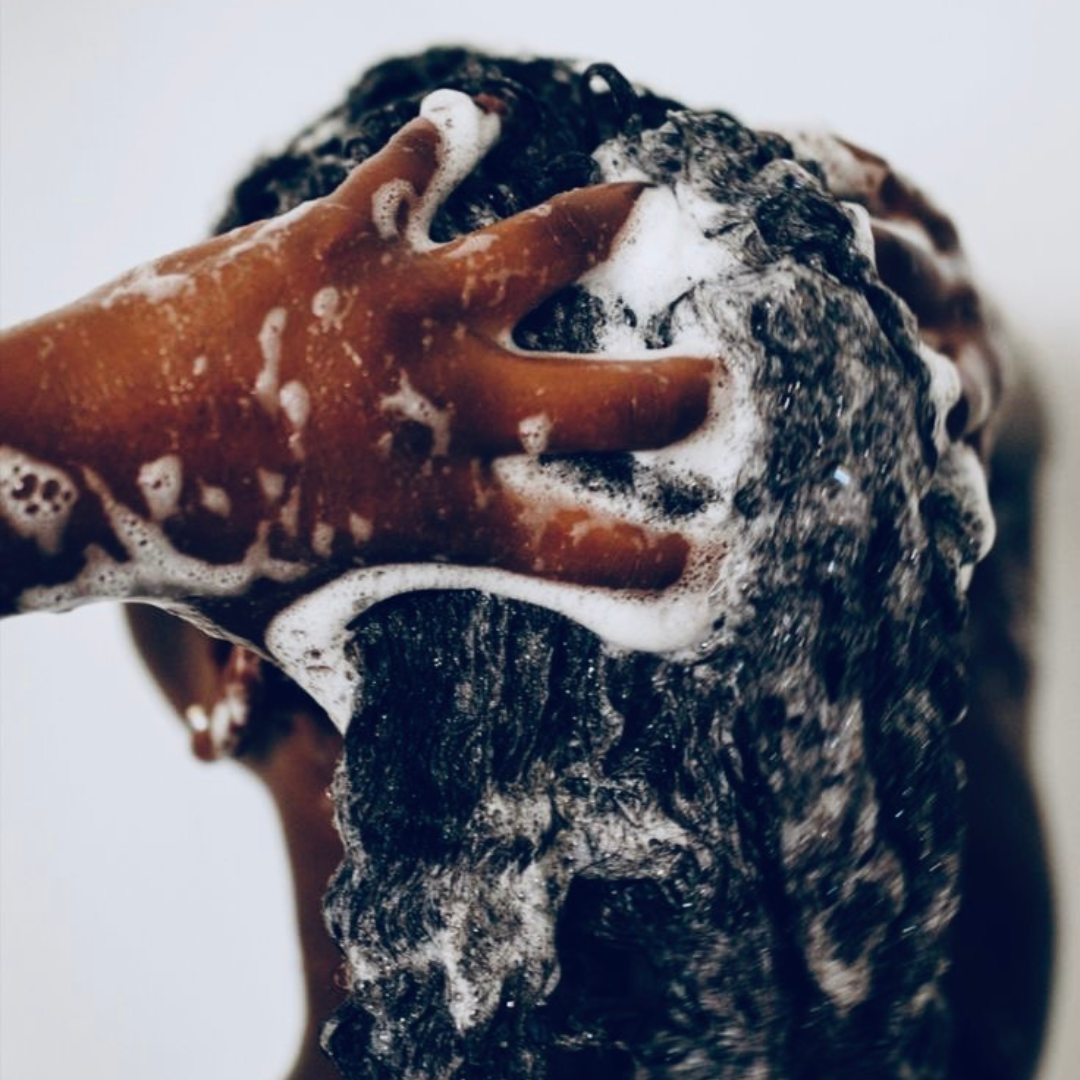
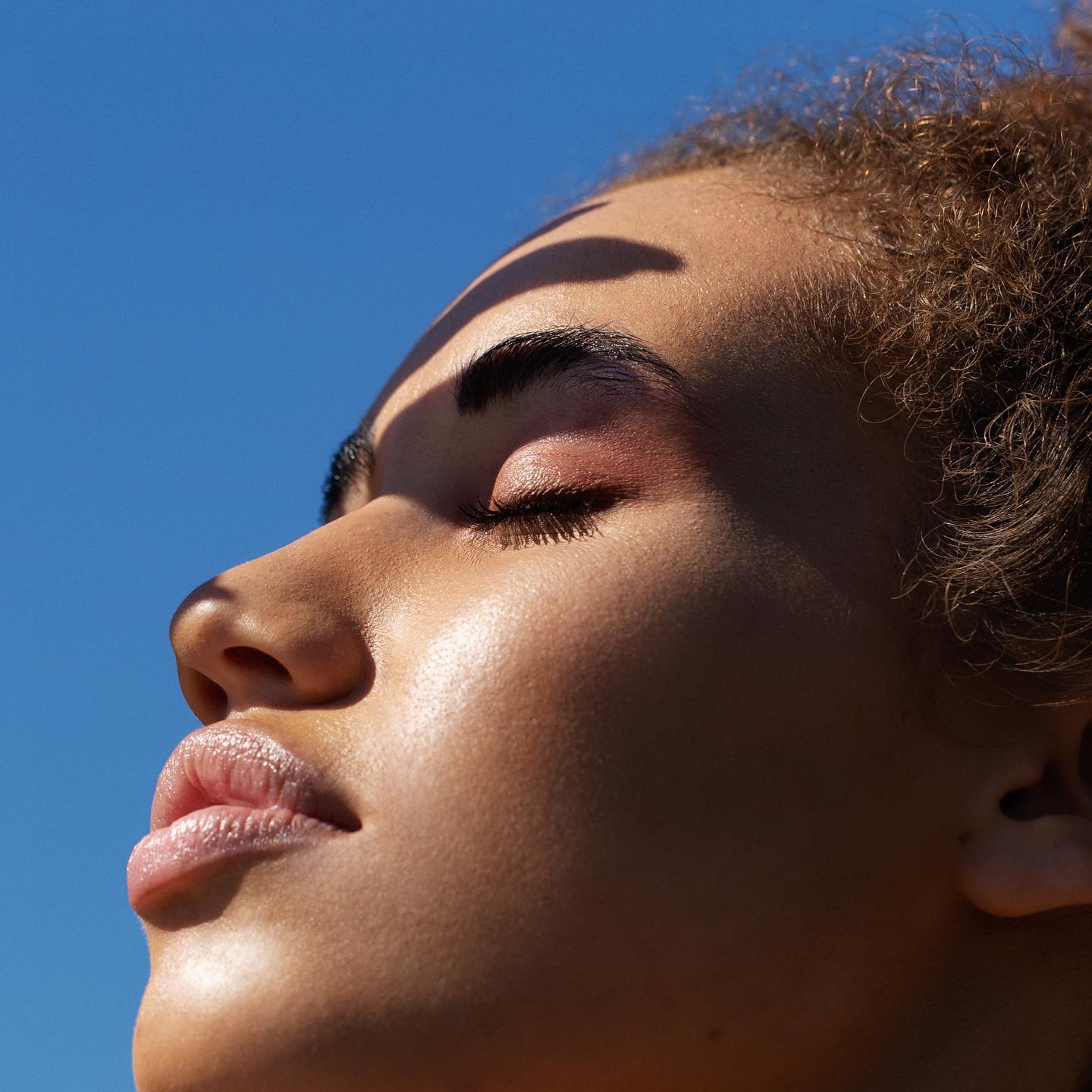
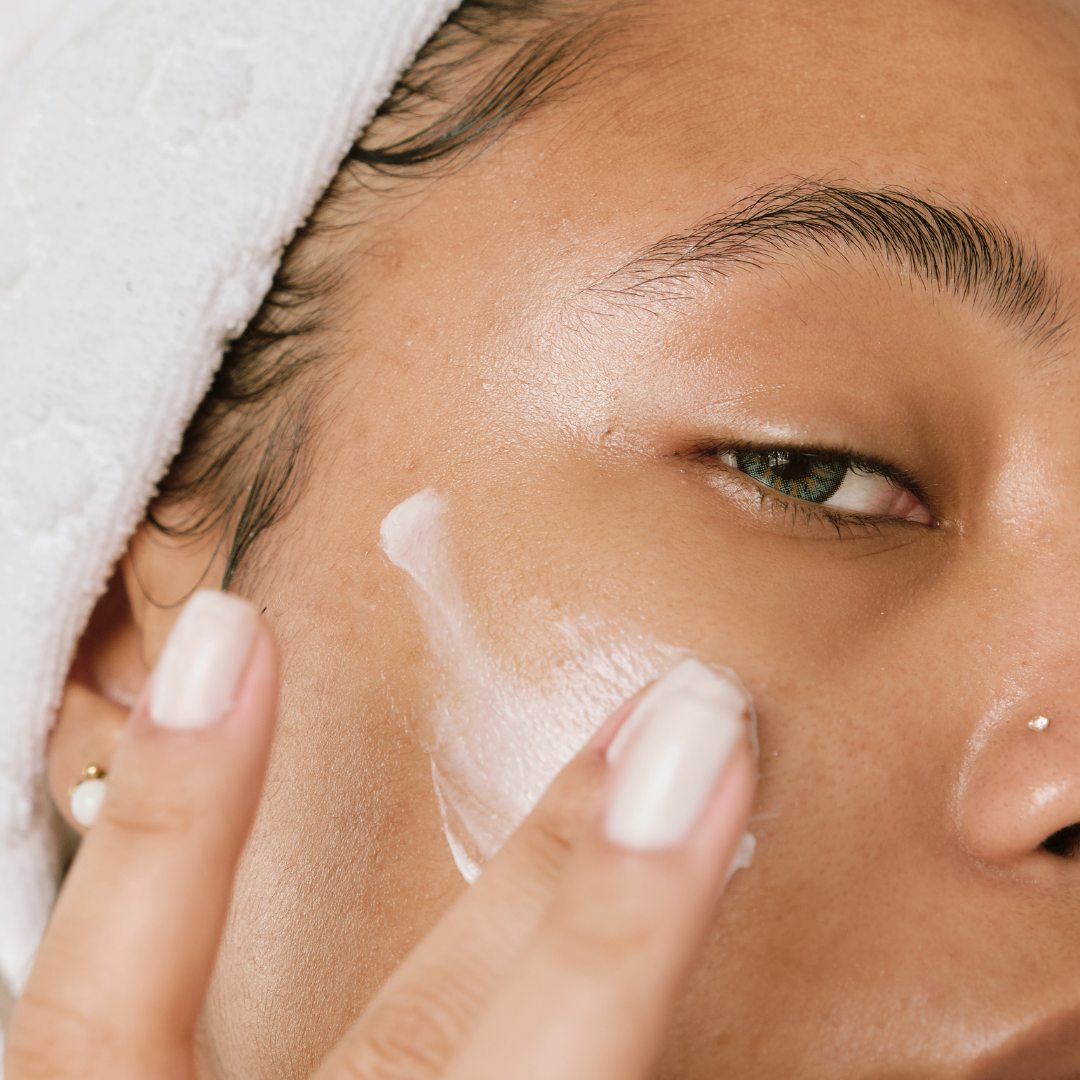
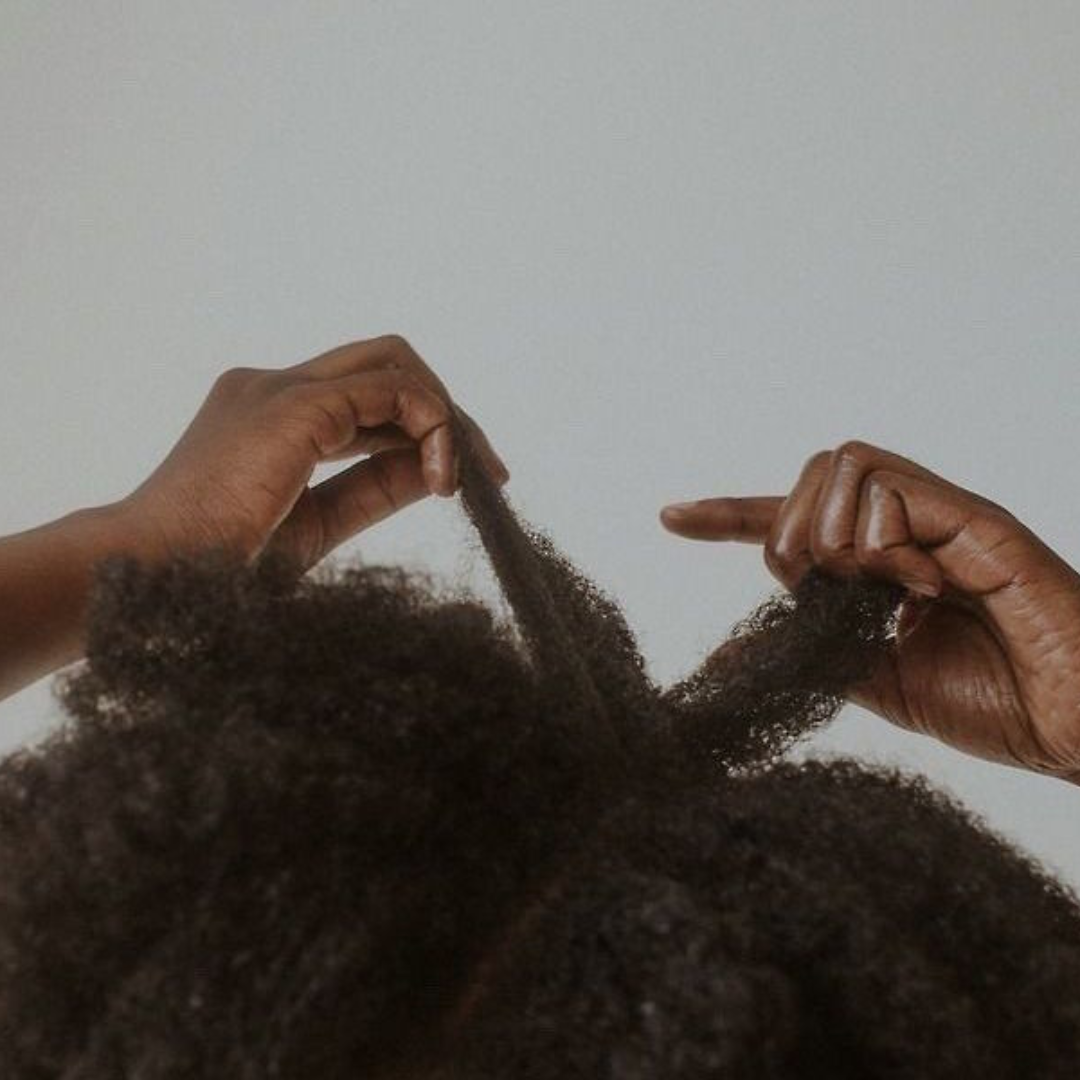
Leave a comment
This site is protected by hCaptcha and the hCaptcha Privacy Policy and Terms of Service apply.